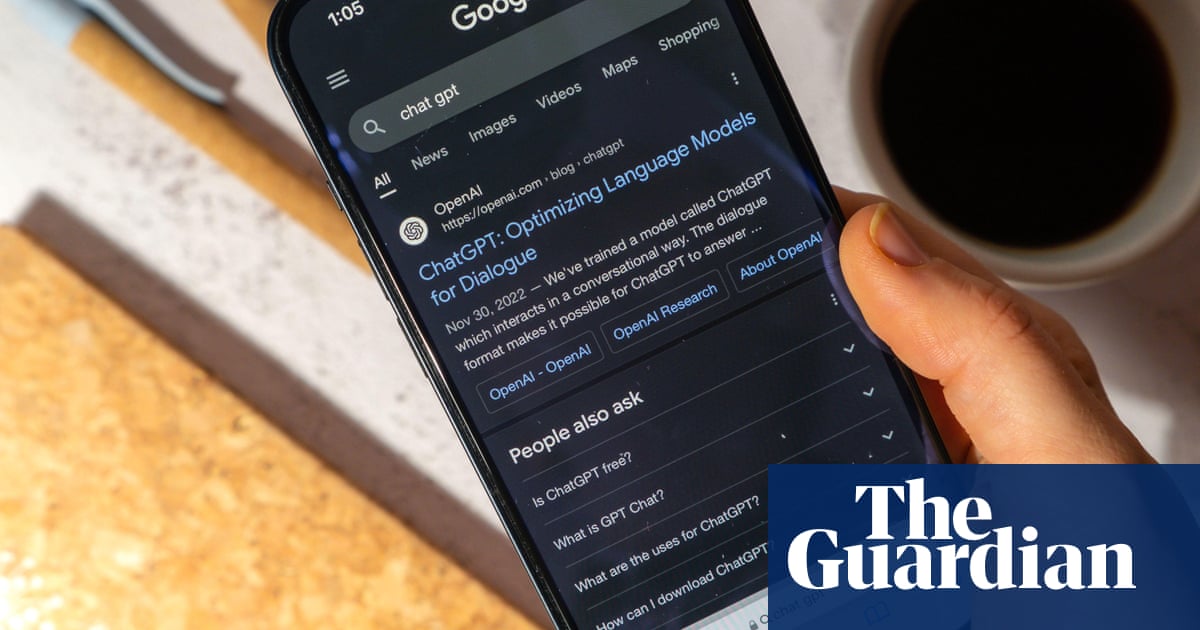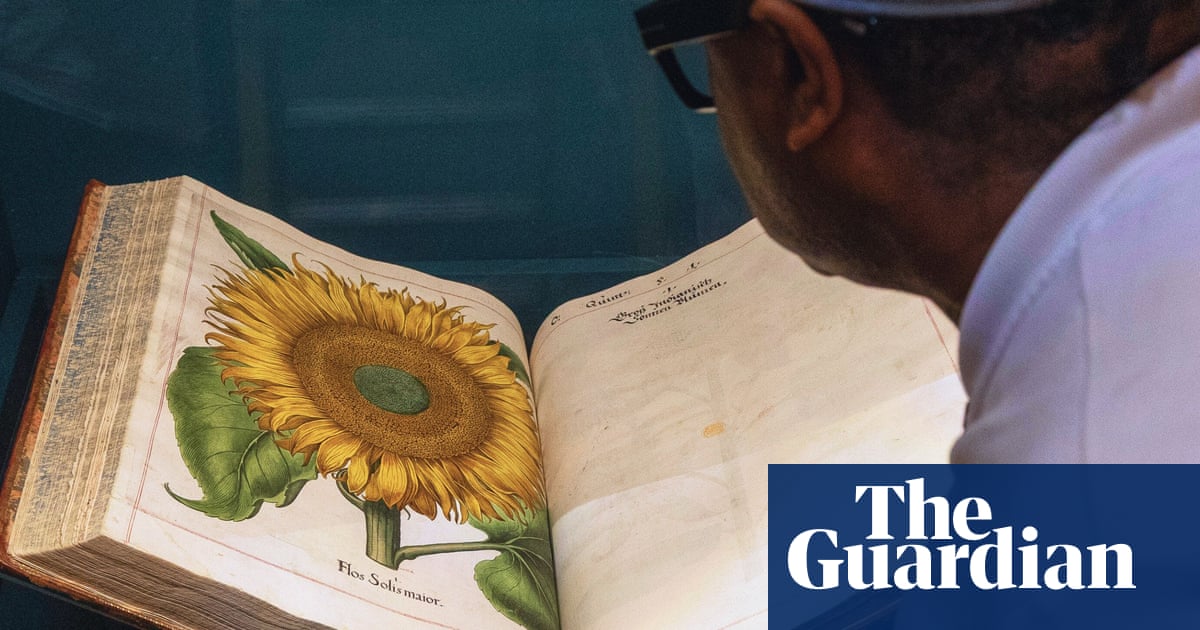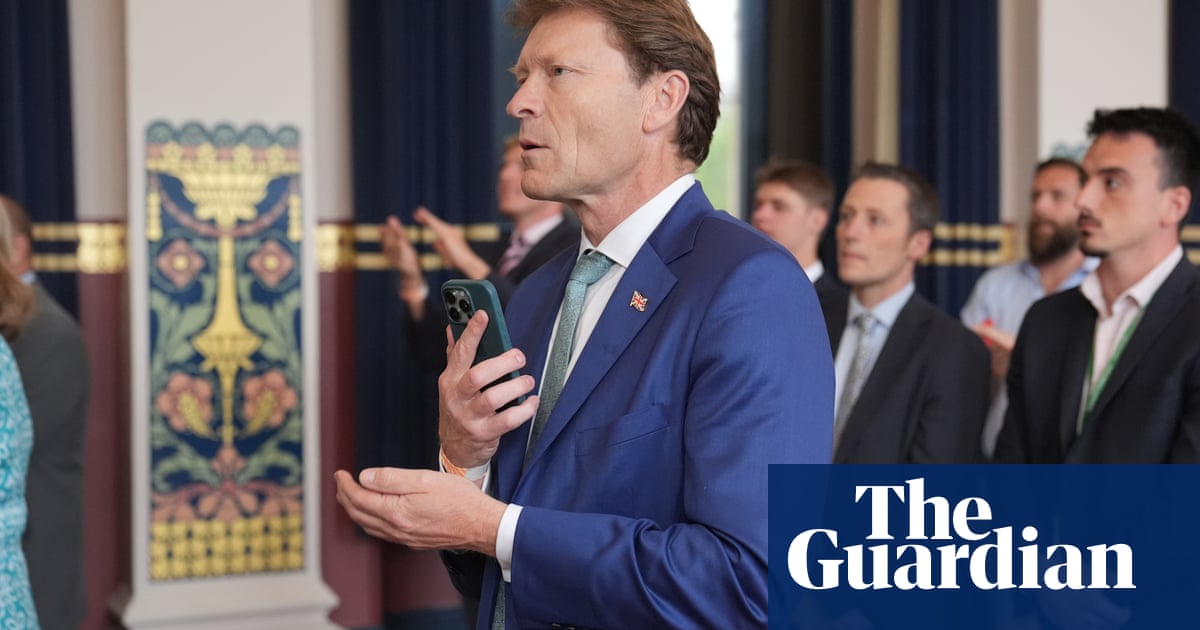In about 1300BC, the major civilisations of the eastern Mediterranean made a cultural and technological leap forward when they began using bronze much more widely for weapons, tools and jewellery. While a form of the metal had previously been used in smaller quantities by the Mycenaeans and Egyptians among others, bronze was now abundant – but how?
Most bronze is an alloy of copper and tin, but while the former was widely available in antiquity, tin is a rare element, with no large sources within thousands of kilometres. This left one big question, referred to by archaeologists as the “tin problem”. Where were the bronze age societies of the Mediterranean getting the tin for their bronze?
A British-led group of archaeologists believe they have solved the mystery. By scientifically analysing ore and artefacts from across Europe, they have established that tin from the abundant deposits in Cornwall and Devon was being widely traded in the Mediterranean more than 3,000 years ago – and may have played a key part in the advances of sophisticated kingdoms and states more than 4,000km (2,485 miles) away.
“This is the first commodity to be exported across the entire continent in British history,” said Dr Benjamin Roberts, an associate professor of archaeology at Durham University. The identification of the trade network “radically transforms” our understanding of bronze age Britain’s place in the wider world, he said.
“The volume, consistence and frequency of the estimated scale in the tin trade is far larger than has been imagined and requires an entirely new perspective on what bronze age miners and merchants were able to achieve.”
The study, the first major project of its kind, performed trace element, lead isotope and tin element analysis on tin ingots recovered from bronze age shipwrecks in the Mediterranean, including three that sank off the coast of Israel. Scientists also analysed ore samples and ancient tin artefacts from south-west Britain and the handful of other European sources.
By comparing their results, the authors were able to establish not only that Cornish tin was being widely traded in the eastern Mediterranean, but also that “a whole chain of interconnected communities [were shipping] the tin through the rivers of France, through Sardinia, along the Mediterranean islands off Cyprus, and then to the coast of Israel”, said Roberts. Their findings are published in the latest issue of Antiquity.
The tin deposits in Cornwall and Devon are among the largest and most accessible in the world, and would later be mined extensively. But while the Greek writer Pytheas wrote of tin trading in Cornwall during the iron age, many experts had been sceptical that Britain’s earlier bronze age inhabitants – small farming communities that had neither towns nor writing – could be part of a widespread trading network with sophisticated Mediterranean societies, said Roberts.
While the trade at the time was not exclusively in Cornish tin, “we believe it was the richest, the most easily accessible and the main source”, said Alan Williams, an honorary fellow of archaeology at Durham University.
Williams said he had been “dreaming” of researching Cornish tin’s role in the bronze age since he was a student geologist at one of the county’s last working tin mines, 50 years ago. He will shortly join Roberts in an archaeological dig at St Michael’s Mount in Cornwall, which they believe may have been a centre for bronze age tin smelting and key link in the tin trading network.

 16 hours ago
13
16 hours ago
13













































